Latest News
Microcks 📢 latest blog posts and updates from our vibrant community

Recap of an Amazing 2024, and ready to go for 2025!
As we wrap up 2024, we at Microcks want to express our gratitude to our adopters, sponsors, partners, and community members.
Read More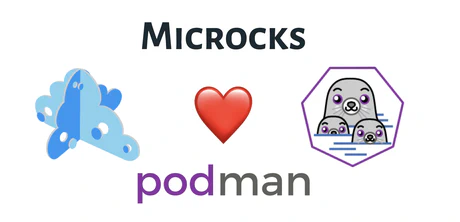
Podman Compose support in Microcks
While Docker is still the #1 option for software packaging and installation on the developer laptop, Podman is gaining traction.
Read More
Microcks 1.2.0 release 🚀
We are delighted to announce the 1.2.0 release of Microcks - the Open source Kubernetes-native tool for API Mocking and Testing.
Read More
Advanced Dispatching and Constraints for mocks
The purpose of this post is to explain the advanced dispatching and constraint features available when mocking a REST API using Microcks.
Read More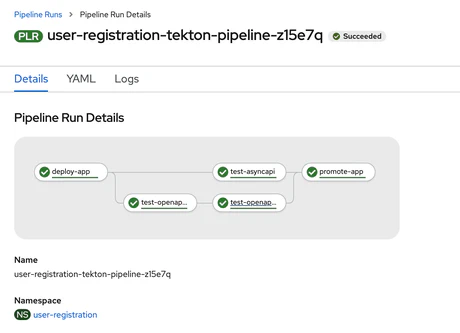
Continuous Testing of ALL your APIs
We talk a lot about asynchronous API lately at Microcks! We added many new innovative features taking advantage of the AsyncAPI specification.
Read More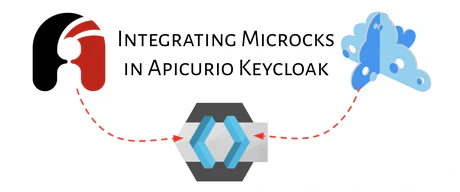
Integrating Microcks into Apicurio Keycloak
Microcks is an amazing tool that helps developers mock their APIs seamlessly using OpenAPI specs.
Read More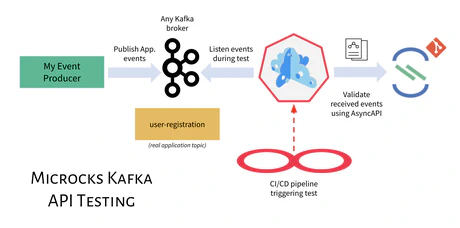
Apache Kafka Mocking and Testing
We see Apache Kafka being more and more commonly used as an event backbone in new organizations everyday.
Read More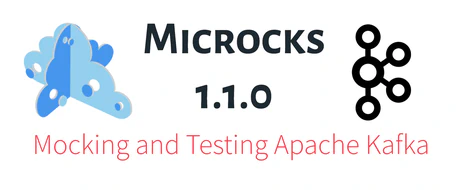
Microcks 1.1.0 release 🚀
We are very thrilled to announce today Microcks 1.1.0 release — the Open source Kubernetes-native tool for API Mocking and Testing.
Read More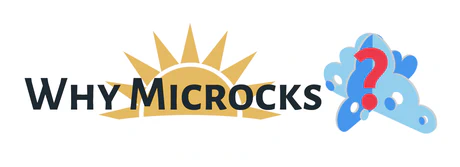
Why Microcks?
Microcks recently reached a key milestone as we officially announced on Aug 11th 2020 the release of Microcks 1.
Read More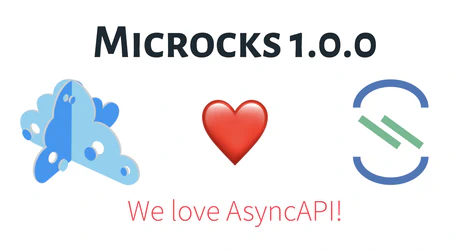

Install Microcks on AWS for a test drive 🧪
Whilst we recommend installing Microcks on Kubernetes for easy management and enhanced capabilities, it can also be deployed onto a regular Virtual Machine.
Read More